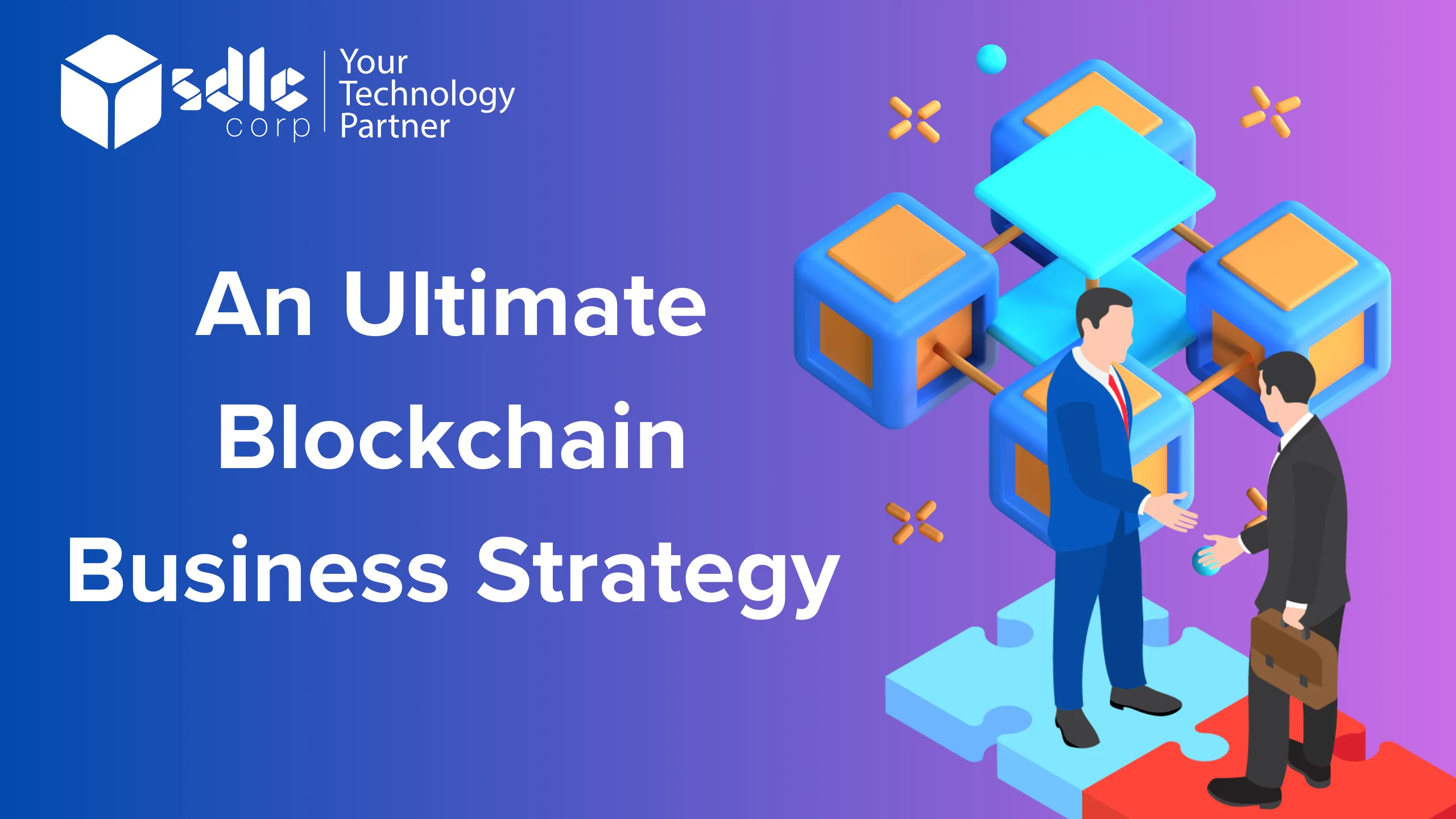Introduction
Blockchain technology has emerged as a revolutionary force, redefining how businesses operate across various industries. As enterprises worldwide recognize the immense potential of blockchain, crafting a robust blockchain business strategy becomes essential. A strategic approach not only ensures seamless integration of blockchain into business operations but also unlocks innovative opportunities. Whether you’re a startup or a multinational corporation, partnering with a Blockchain Development Company can provide the expertise needed to harness blockchain’s full potential.
Why Blockchain is the Future of Business
Blockchain technology offers transparency, decentralization, and security—attributes that are reshaping business models. From supply chain management to finance, healthcare, and gaming, blockchain’s applications are vast. Businesses can use blockchain to reduce costs, enhance efficiency, and build trust with consumers by ensuring transparency.
For example, industries like finance have embraced blockchain to streamline cross-border payments, while the gaming sector uses blockchain to introduce digital ownership and play-to-earn models. The adaptability of blockchain makes it crucial for companies to adopt a strategic mindset to stay competitive.
Jump Into Action: In Blockchain Development

Building a Comprehensive Blockchain Business Strategy
Creating a blockchain strategy requires an in-depth understanding of the technology and its applications. Here’s a step-by-step approach to building an effective strategy:
- Identify Business Objectives
Start by identifying specific challenges or inefficiencies in your business. Blockchain is not a one-size-fits-all solution; understanding your pain points will help tailor its application to your needs. For example, a retail company might explore blockchain to enhance supply chain transparency, while a fintech startup might focus on smart contracts to automate transactions. - Evaluate Blockchain’s Suitability
Not every problem requires blockchain. Assess whether blockchain adds value to your business operations. Consult with experts or a Blockchain Development Company to determine feasibility and potential ROI. - Choose the Right Blockchain Platform
Selecting the appropriate platform is crucial. Platforms like Ethereum, Hyperledger, and Binance Smart Chain offer distinct advantages. The choice should align with your business goals, scalability needs, and budget. - Collaborate with Blockchain Experts
Implementing blockchain requires technical expertise. Hiring a team or partnering with top blockchain developers ensures that your project is handled by professionals skilled in the latest blockchain technologies. - Develop Use Cases
Define specific use cases that blockchain will address. This could include asset tokenization, decentralized identity verification, or smart contract implementation. Clear use cases provide direction and measurable outcomes. - Create a Roadmap
A roadmap outlines the stages of blockchain integration, from ideation to deployment. It ensures that every team member and stakeholder is aligned with the project’s objectives. - Ensure Regulatory Compliance
Blockchain operates in a complex regulatory environment. Work with legal experts to ensure your blockchain applications comply with regional and international regulations.
The Role of Blockchain Development Companies

Blockchain development is a specialized field requiring advanced technical skills and a deep understanding of the industry. A Blockchain Development Company offers tailored solutions, from creating decentralized applications (dApps) to implementing smart contracts and building private or public blockchains.
- Custom Blockchain Solutions: Development companies provide solutions tailored to your business needs, ensuring efficiency and scalability.
- Expertise in Smart Contracts: Smart contracts automate processes, ensuring transparency and reducing the need for intermediaries.
- Integration Services: Seamless integration of blockchain with existing systems is critical. Blockchain developers can ensure compatibility without disrupting operations.
- Security Assurance: With the rise of cyber threats, blockchain development firms prioritize implementing robust security measures to protect data and transactions.
Key Benefits of Blockchain for Businesses
- Increased Transparency
Blockchain’s decentralized ledger ensures all transactions are visible to authorized parties, reducing the chances of fraud. - Cost Efficiency
By eliminating intermediaries, businesses can save costs on transactions and processes. - Improved Data Security
Blockchain’s encryption protocols ensure that sensitive data remains secure from breaches. - Enhanced Trust
Blockchain builds trust among stakeholders by providing verifiable and immutable transaction records. - Streamlined Processes
Automated smart contracts reduce manual intervention, increasing efficiency.
The Importance of Hiring the Right Blockchain Experts

When it comes to implementing a blockchain strategy, the expertise of developers plays a pivotal role. Hiring a remote blockchain developer or working with a nearshore blockchain developer provides access to skilled professionals who understand the nuances of blockchain technology. Whether you need to build a decentralized application or integrate blockchain into your supply chain, an expert blockchain developer can help achieve your business goals effectively.
Challenges in Blockchain Implementation
While blockchain offers numerous advantages, it also presents challenges such as:
- Scalability Issues: Public blockchains often face scalability constraints due to high transaction volumes.
- Regulatory Uncertainty: Evolving regulations can impact blockchain adoption.
- Integration Complexities: Integrating blockchain with legacy systems can be complex and resource-intensive.
By working with the best blockchain developer, businesses can navigate these challenges and ensure successful implementation.
Dive into Blockchain: Explore How it Works Now!

Conclusion
Blockchain is more than a technology; it’s a transformative tool that can redefine how businesses operate. By focusing on transparency, security, and efficiency, blockchain unlocks immense potential across industries. A well-defined blockchain strategy is essential to reap its benefits, and partnering with a trusted Blockchain Development Company can make all the difference.
Whether you’re looking to streamline operations, enhance customer trust, or create innovative business models, blockchain offers endless possibilities. Leverage blockchain development services to stay ahead of the curve. From startups to enterprises, there’s no better time to hire blockchain developers and bring your vision to life. With access to remote blockchain developers and nearshore blockchain developers, businesses can tap into global expertise to drive innovation. As the demand for blockchain solutions grows, aligning with the top blockchain developers ensures your business remains at the forefront of technological advancements.















